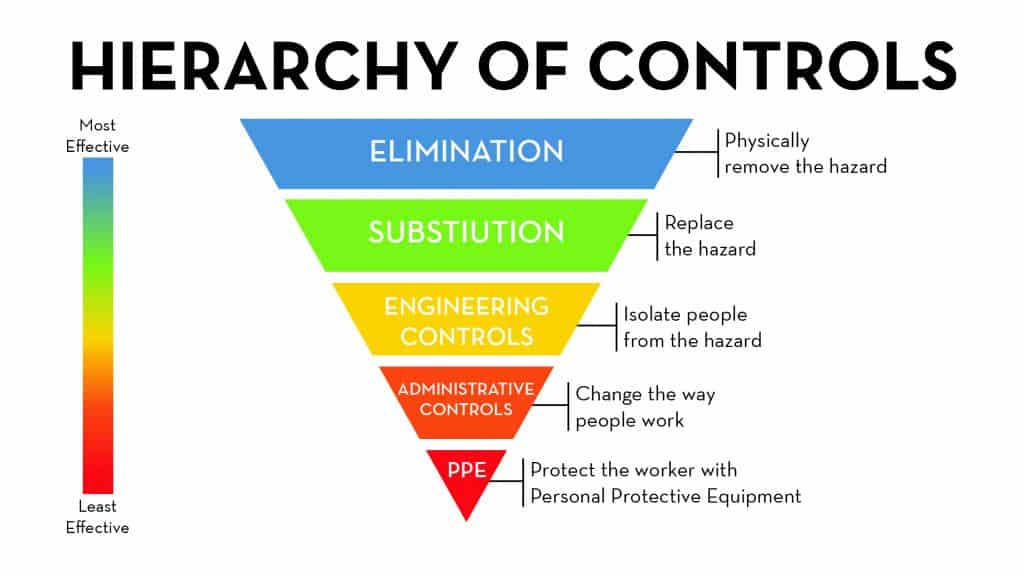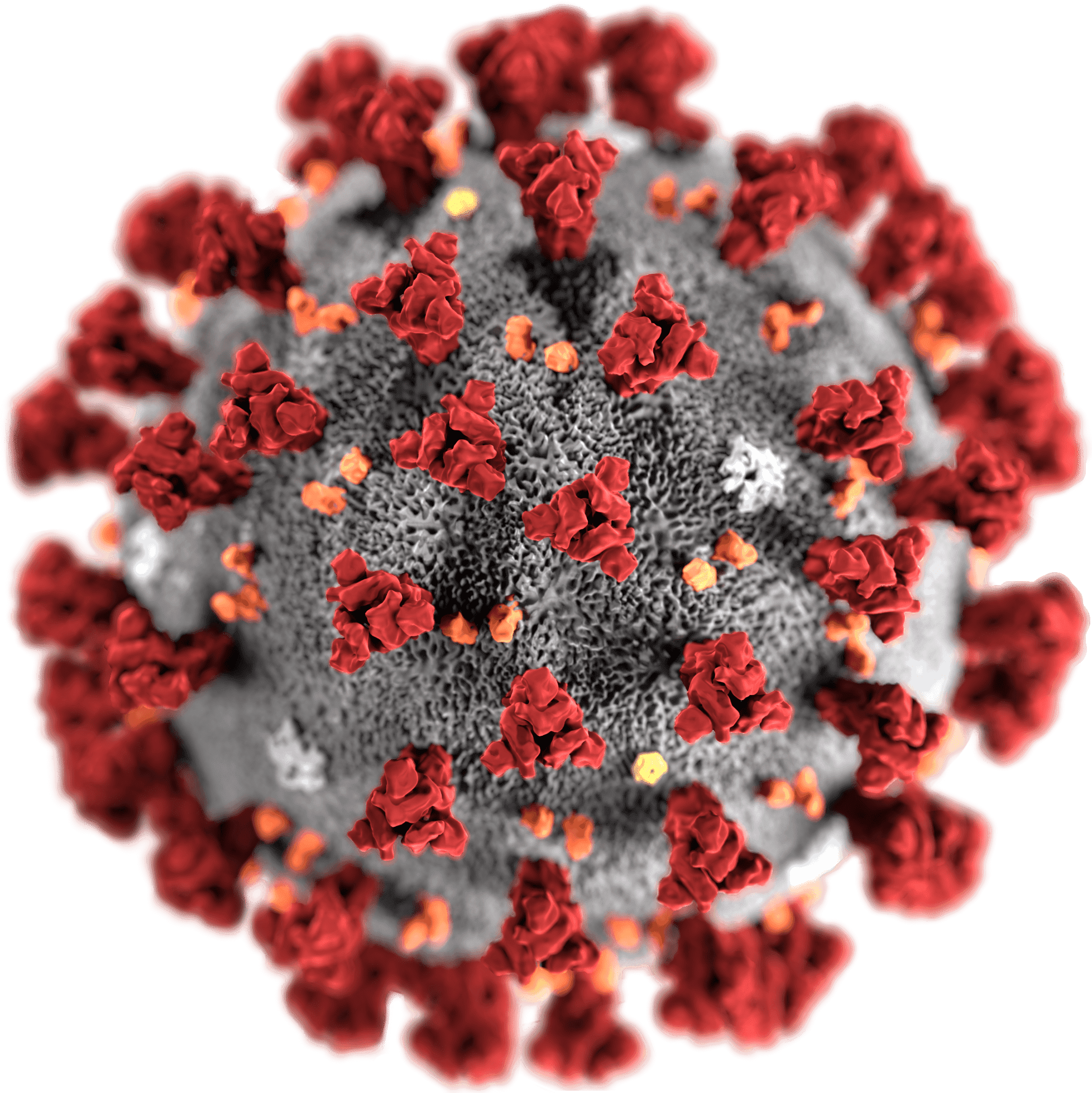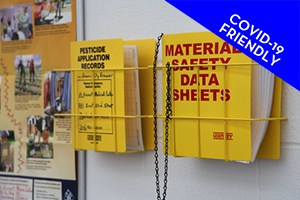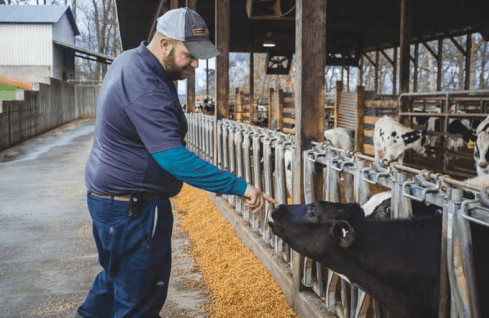MARCH 2021
Have you ever tried putting toothpaste back in the tube? It doesn’t work well. The same goes for farm safety. It’s better to prevent an incident, such as COVID-19, than to deal with the aftermath.
The Hierarchy of Controls is a great tool to prevent injuries and save lives. It requires you to identify hazards and develop creative solutions. Each of the levels on the inverted pyramid represents a solution. As you go up the pyramid, these methods become more protective and effective than those at the bottom.
Hazard [noun]:
A source of potential harm from past, current, or future exposures.
We welcome you to identify a hazard in your life, big or small. As you continue reading, how can you eliminate or reduce this hazard? Starting at the top of the inverted pyramid, elimination refers to removing the hazard altogether. In the context of COVID-19, this means halting the spread of the virus. That’s why it’s important to get the vaccine and practice preventive measures. How can you eliminate a hazard in your life?
Substitution
Substitution refers to replacing the hazard. Substitution is not always applicable, such as for infectious diseases. We don’t want to replace COVID-19 with another pathogen. However, in the case of other hazards, such as pesticides, it is best to replace it with something less toxic. How can you substitute a hazard in your life?
Engineering
Engineering controls refer to keeping people away from the hazard. In June and July 2020, we asked our Advisory Board and other farmers about methods they developed to prevent the spread of COVID-19. An example of engineering controls includes creating additional handwashing stations and moving workstations, chairs, and tables farther apart. What engineering controls can you use in your life?
Administrative Controls
Administrative controls refer to altering how people work. Examples include implementing work policies and procedures, such as two weeks of paid sick leave. This allows employees to stay home when sick instead of spreading COVID-19 to other employees. Additional examples include staggering work schedules and having people who live together work together. What administrative controls can you use in your life?
PPE
PPE refers to personal protective equipment. It reduces risk of exposure to the hazard but should be the last line of defense. In the case of COVID-19, this includes wearing face masks, gloves, and goggles. It is equally as important to know how to properly care for, put on, take off, and dispose of the PPE.
Several of the above examples fit within various levels of the Hierarchy of Controls. That’s because it’s best to combine as many rungs as possible to keep people safe. What hazards have you identified in your life? How will you use the Hierarchy of Controls to reduce the risk of injury or death?




